This website uses cookies so that we can provide you with the best user experience possible. Cookie information is stored in your browser and performs functions such as recognising you when you return to our website and helping our team to understand which sections of the website you find most interesting and useful.
sensing the city 2021
curatorial project
PLACCC Festival, Budapest, Hungary, 2021
sensing the city 2021
curatorial project
PLACCC Festival, Budapest, Hungary, 2021
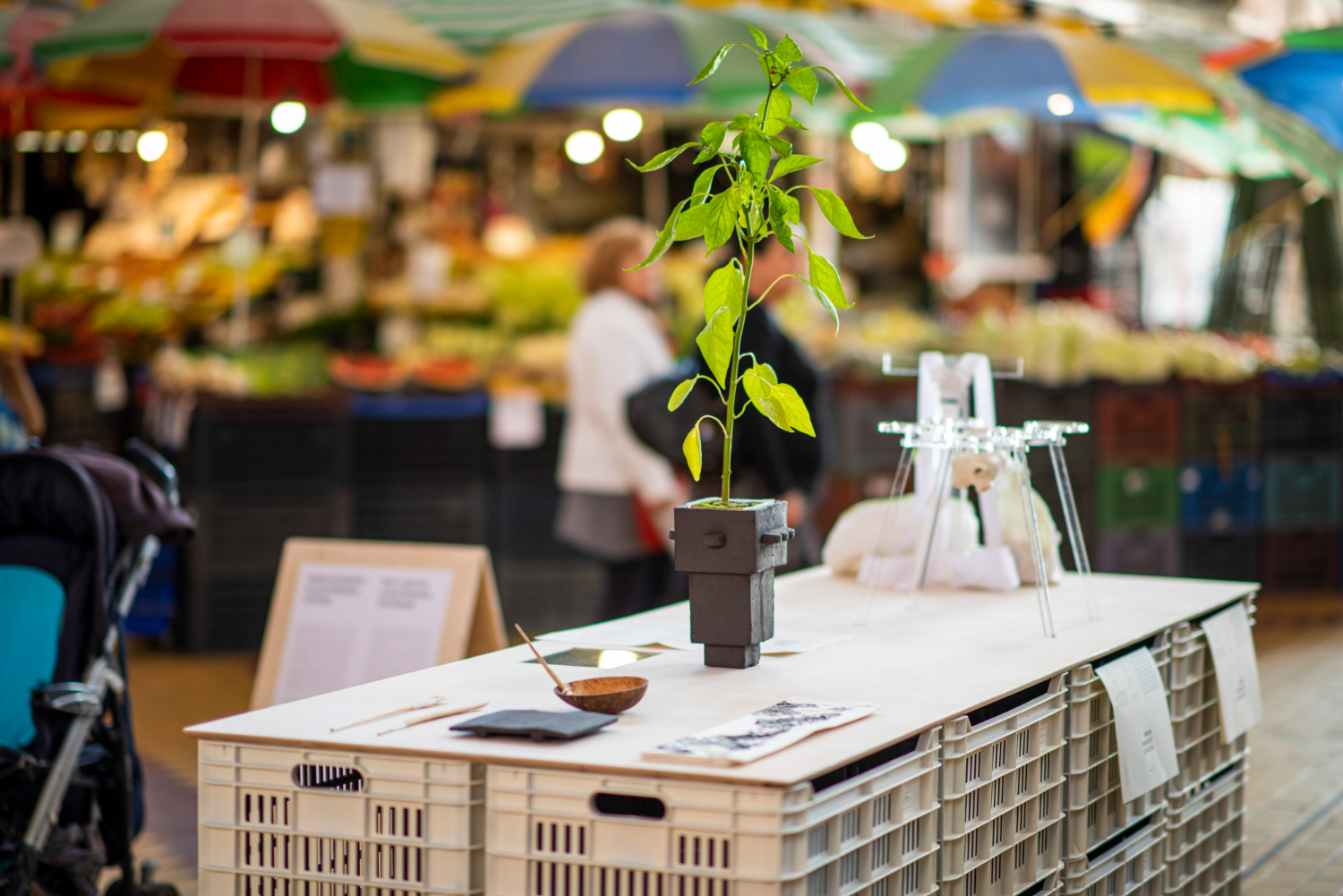
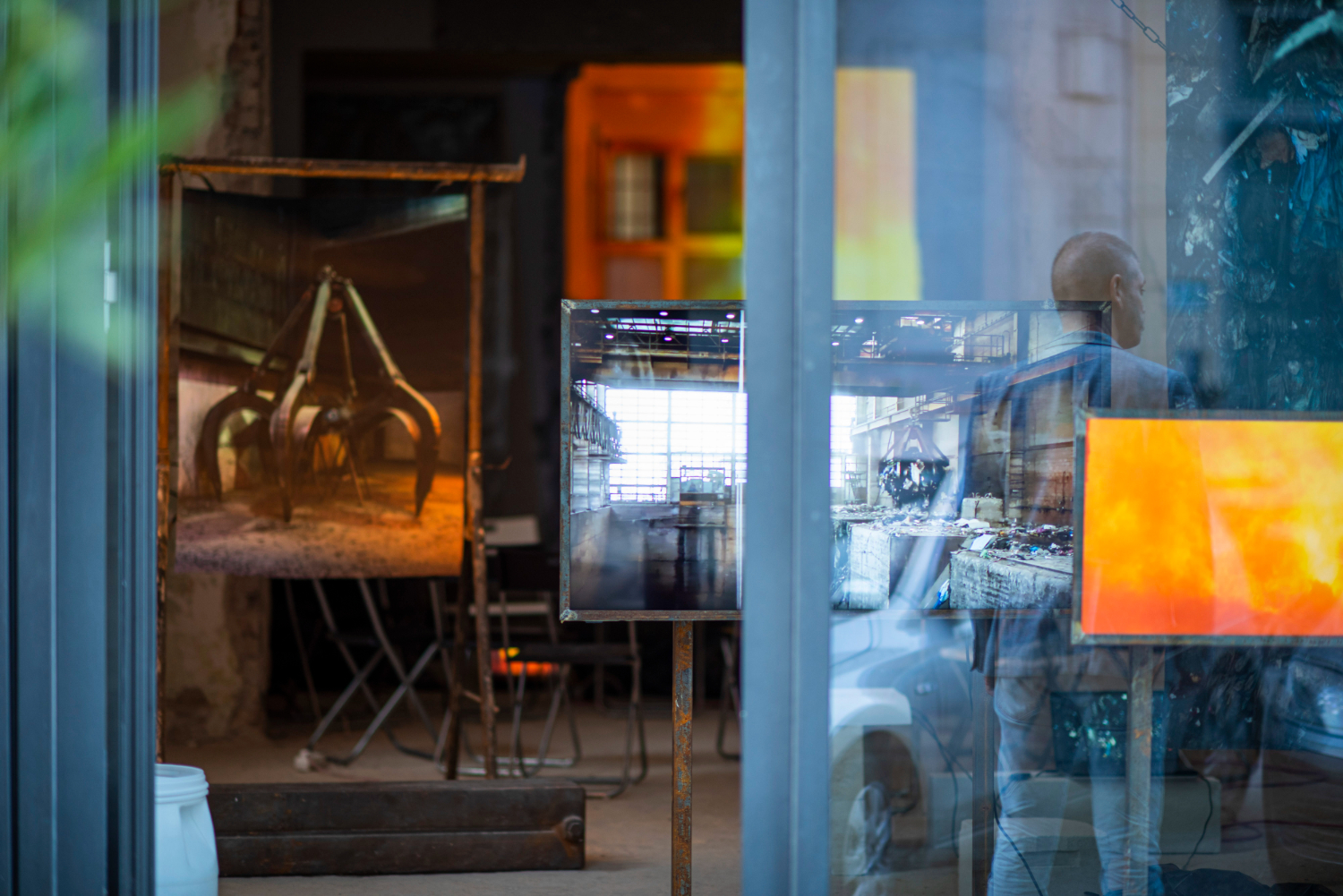

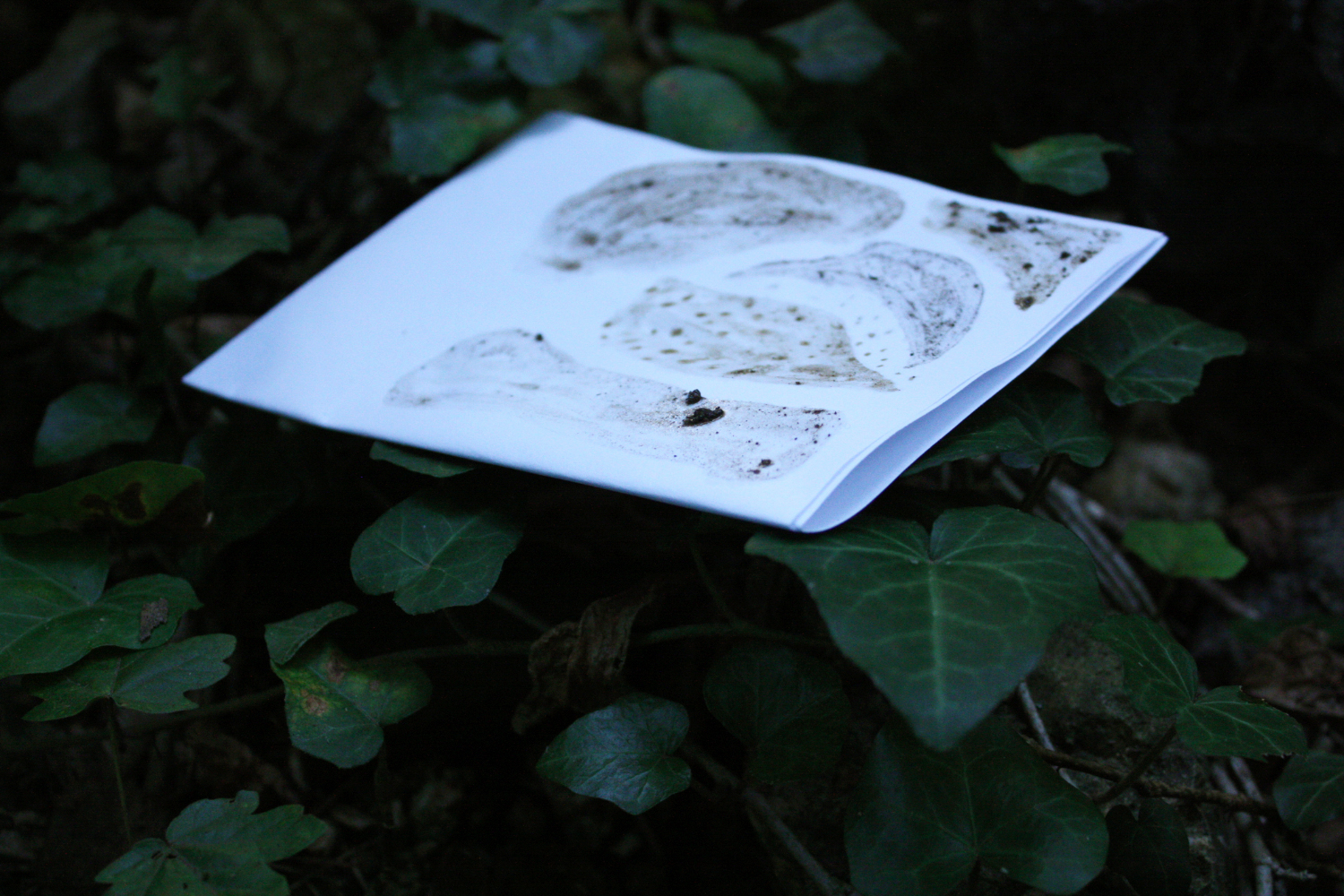
The events of the past year have fundamentally changed our daily lives and our relation to the environment, urban spaces, and fellow human beings. Our sense of alienation – the distance between us – has been growing, while even regardless of the pandemic, the pressing social and ecological challenges of our times make the creation of a healthy relationship with our environment more urgent than ever before. How can art help facilitate these processes, or show us alternative ways of doing, in a more conscious, responsible way?
Artists participating in Sensing the City, an event series we define as a performative symposium, create experimental, small-scale public interventions that help the audience (re)connect to the urban space and ecosystem. All projects involved are based on keywords and principles such as sensory experience, environmental awareness, interactivity, urban identity and the use of common/community spaces.
These micro-interventions are both the reason and the framework for various thematically relevant talks during which invited experts and artists attempt to shed light on the topics discussed in the artworks, as well as other related issues. These events will be held in unusual, mostly public spaces, which will make it easier to help these programs reach a larger audience.
Participanting projects were chosen via our Open Call, which welcomed all artistic mediums, regardless of genre (fine art, theatre, dance, music, literature, architecture etc.).
Jury: Eva Bubla (artist, curator of Sensing the City), Dénes Emil Ghyczy (architect, AU Workshop), Fanni Nánay (artistic director of Placcc Festival)
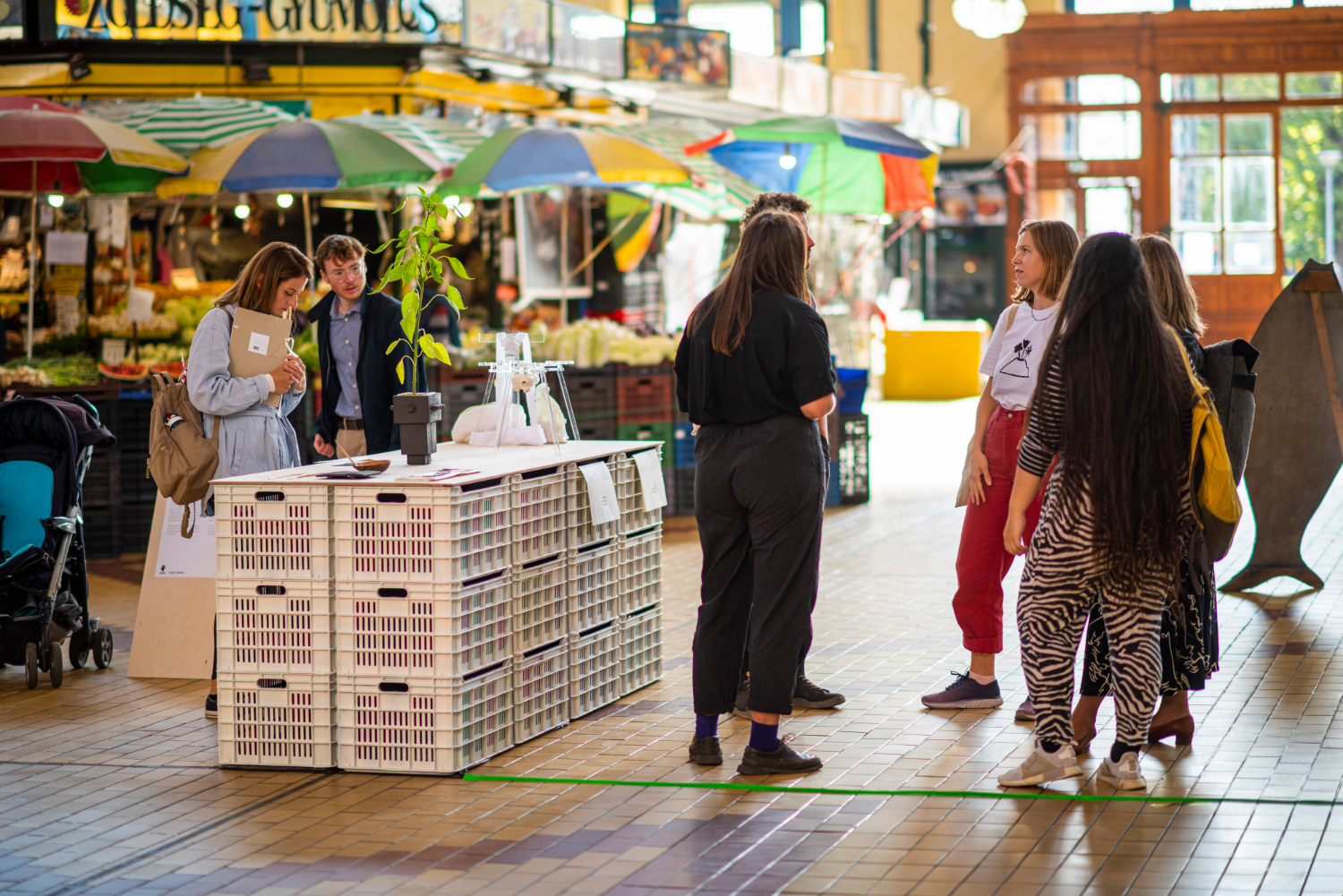
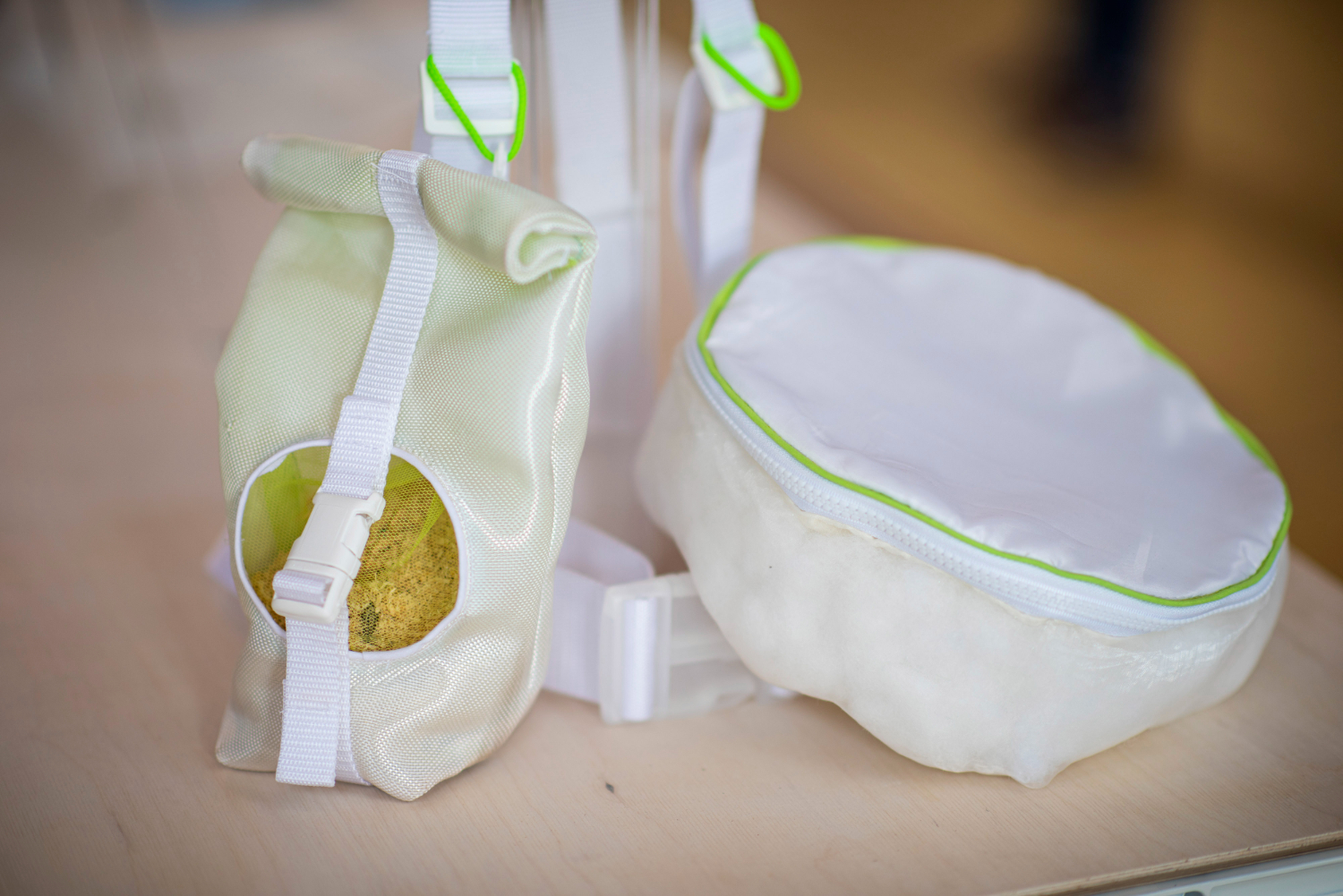
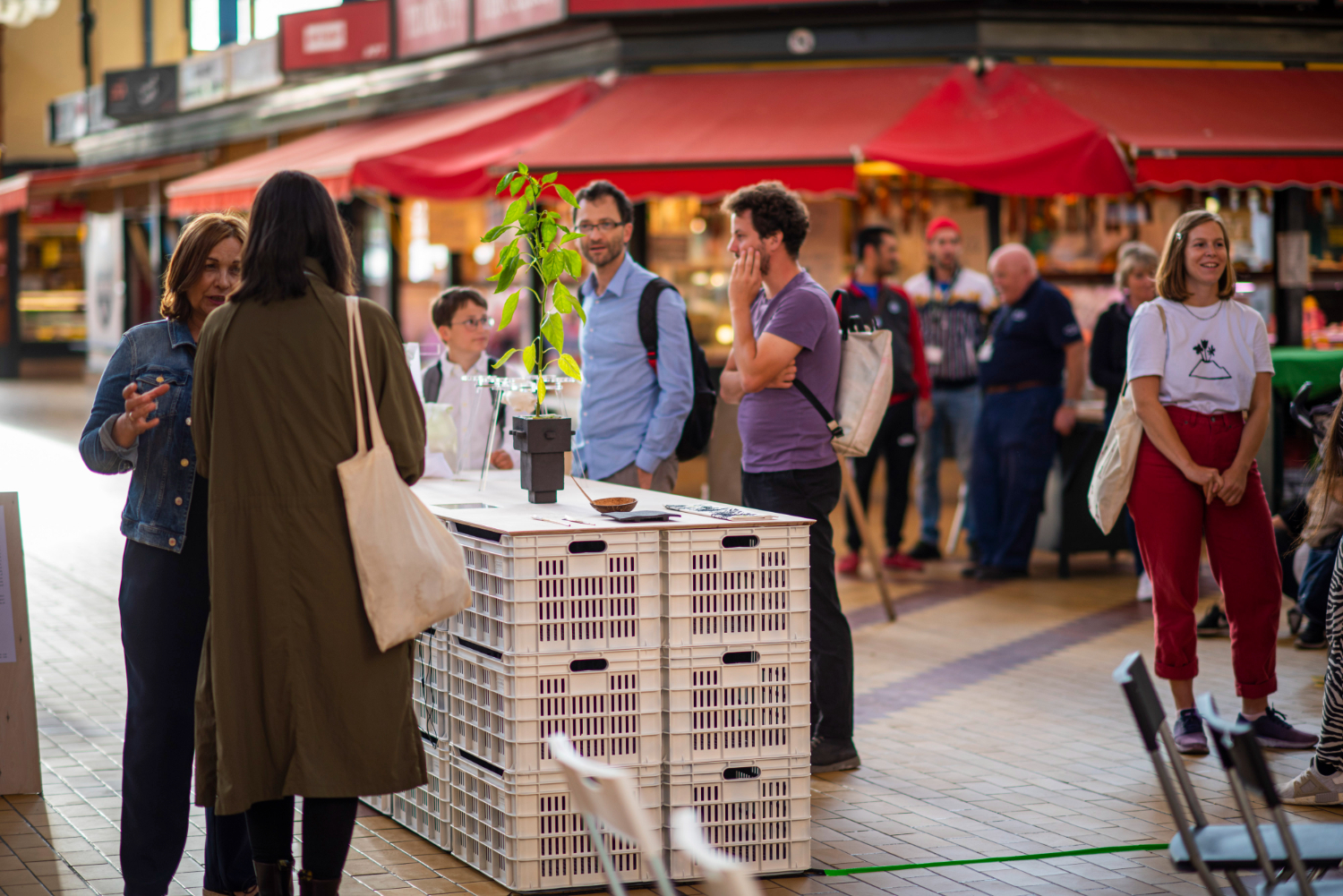
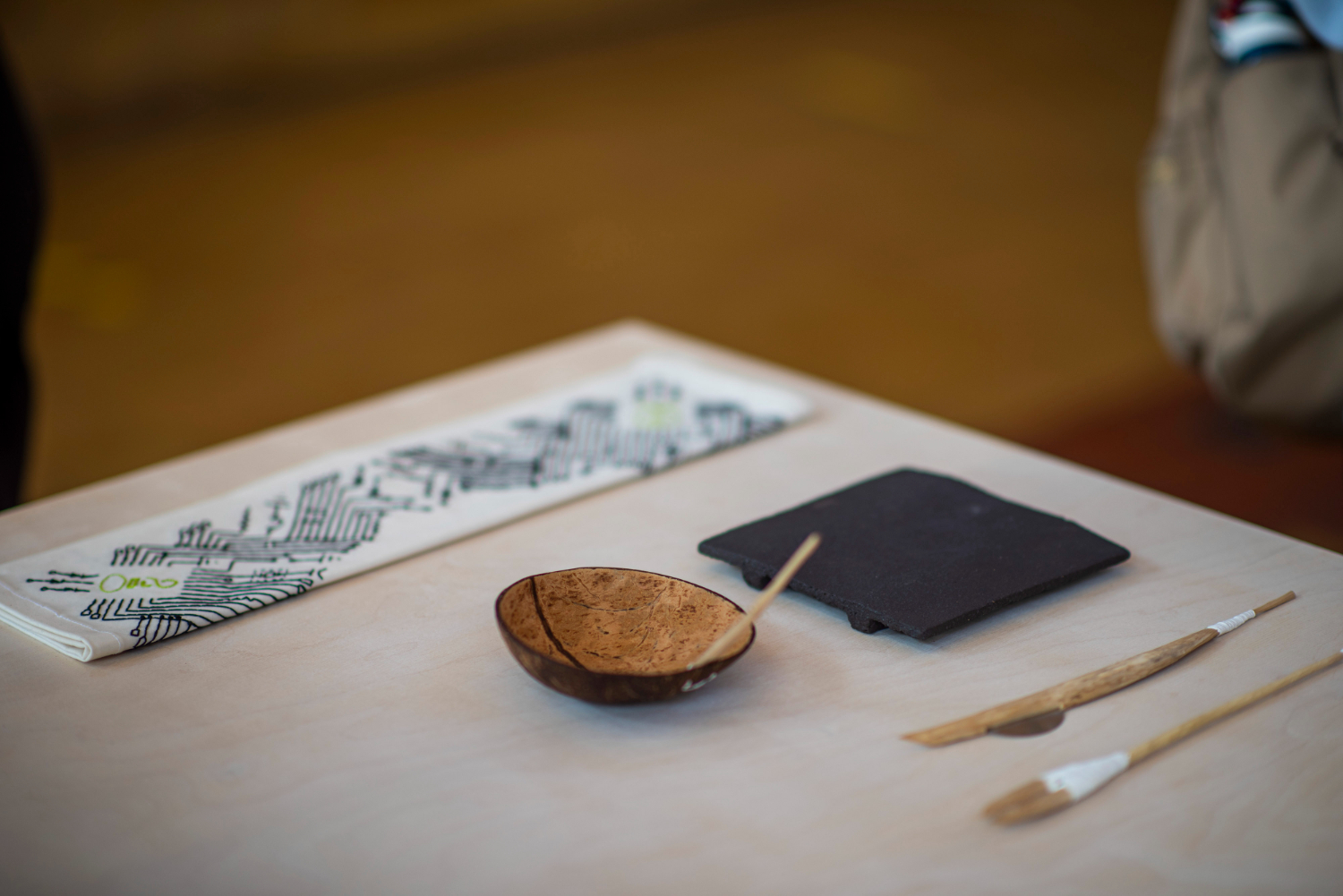
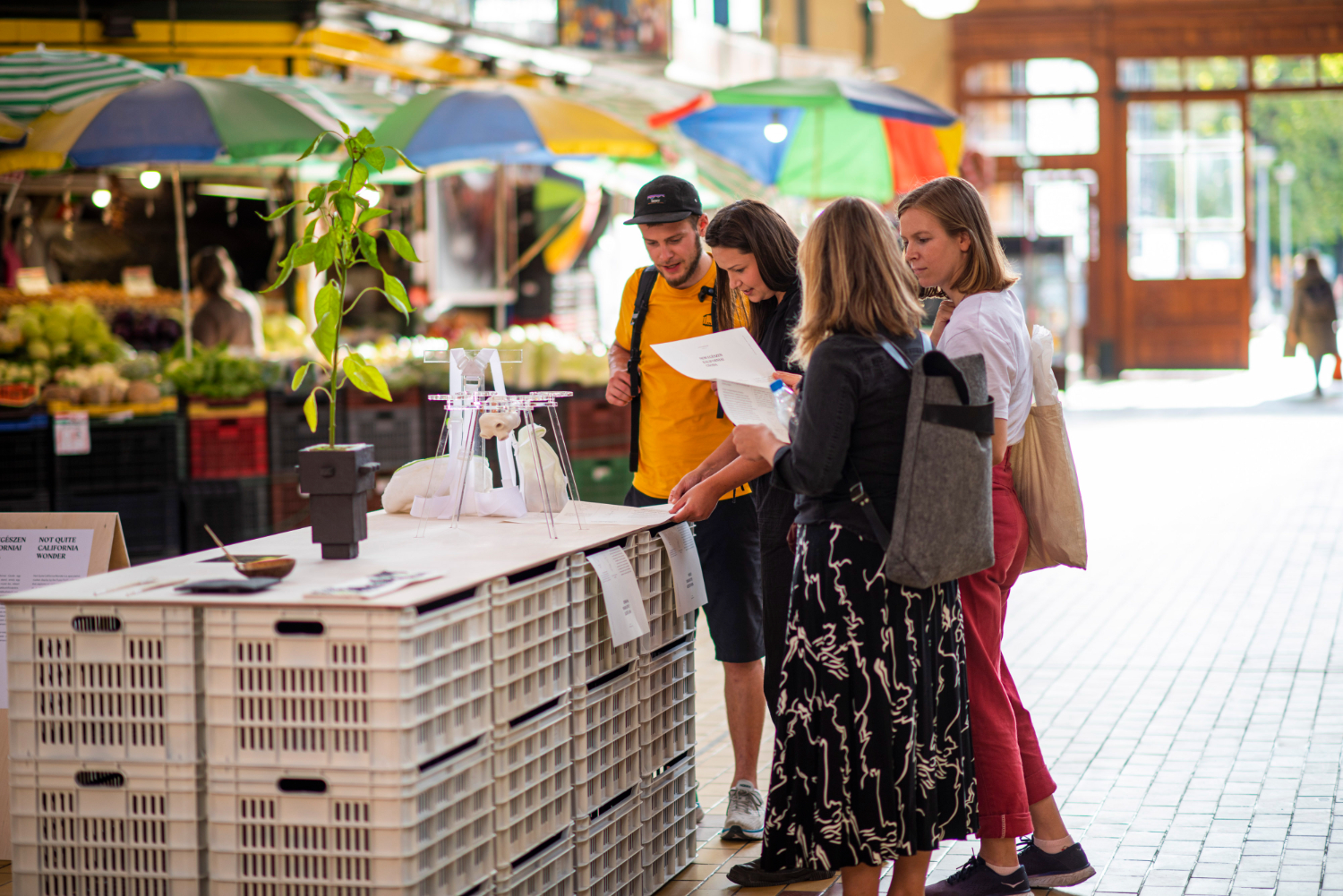
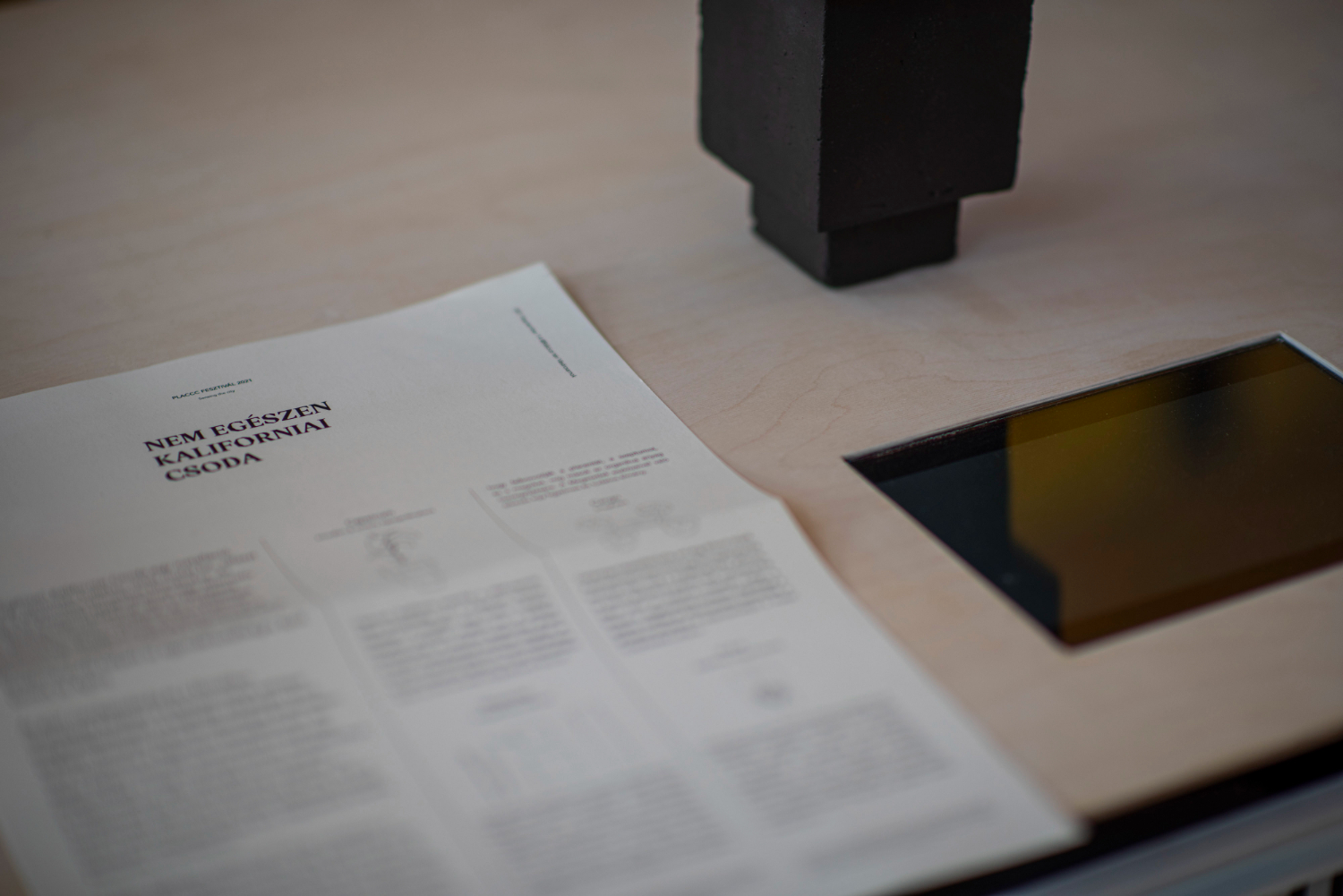
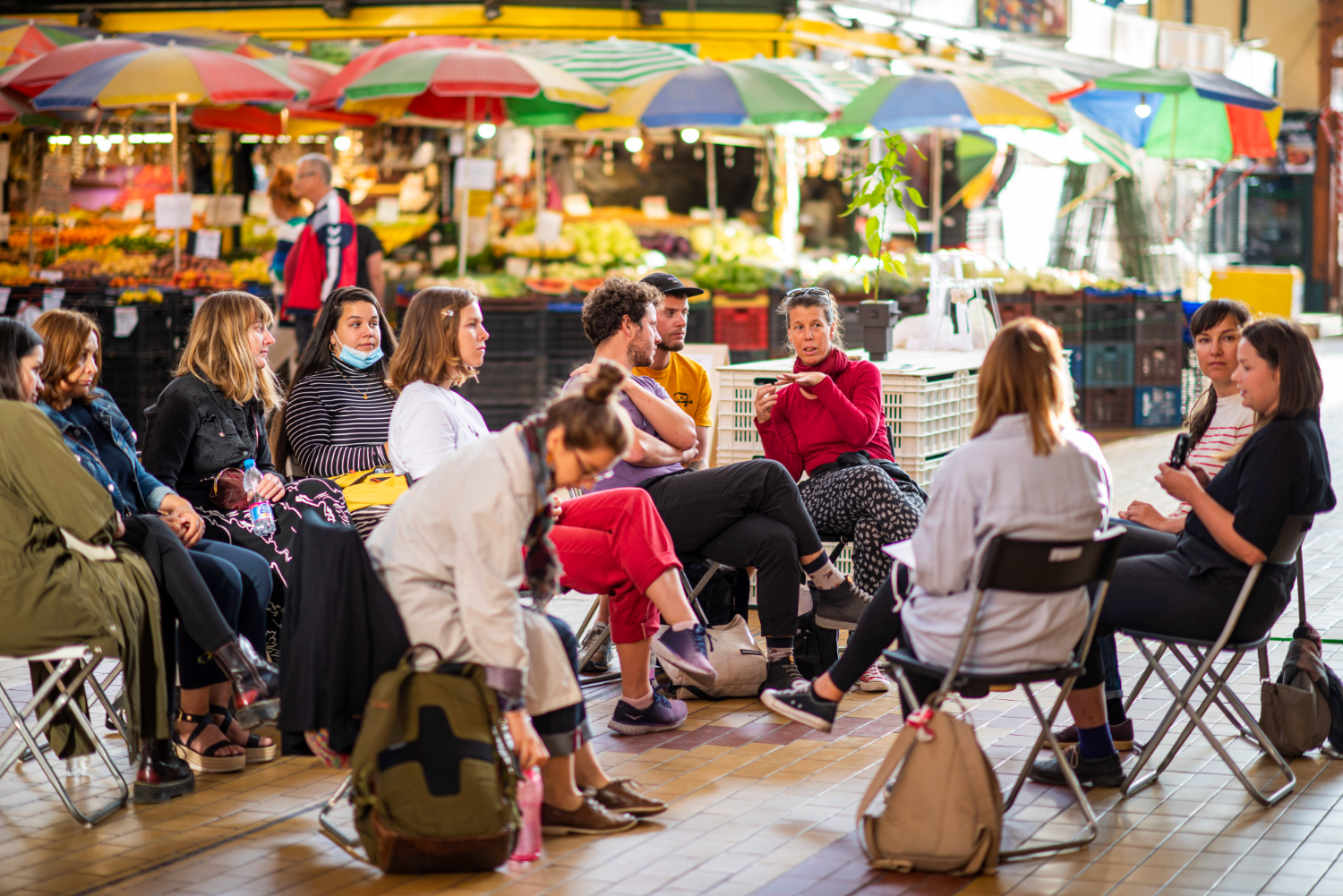
FUZZY EARTH: NOT QUITE CALIFORNIA WONDER
Public Art Installation
Not Quite California Wonder is a continuation of the ongoing research of the Fuzzy Earth collective, focusing on Capsicum annuum (bell pepper) and greenhouse environments. The new installation manifests a vision of an alternative market experience, where the visitors are not customers but guests, and the vegetables are not goods but companions.
In the era of industrial agriculture, the role of market halls is being challenged. Most vegetables are produced in distant lands, physically and ideologically disconnected from the consumer society. While all year-long operating automated greenhouses are taking over the shelves of all supermarkets, the stalls of traditional market halls are slumbering. Markets need to reinvent themselves. They can’t and they shouldn’t try to catch up with the capitalistic principles of mass consumerism, instead, they should offer an alternative and take a leading role in strengthening the connection between agriculture and consumers.
We believe in the transforming power of future market halls. We foresee a democratically shared space between humans and agro-botanical species. We foresee an agora. For five days a conventional market stall will become a living experiment hosted by the California Wonder bell pepper. A speculative scenario will unfold for the visitors of the Rakoczi Market Hall, through the medium of film, storytelling, and artifacts. Bell pepper will share memories about its altering role as a plant, food, industry, symbol of political power, and ecological catalyst.
Fuzzy Earth is a creative practice run by Tekla Gedeon and Sebastian Gscahnes. They create spaces, objects and events that explore our relationship with nature and technology.
Talk: Possible alternatives to agricultural production and the producer-consumer relationship, 1 September 2021
Participants: artists and Orsolya Lazányi, ecological economist and co-founder of Cargonomia
Moderator: Viktória Lay, radio program editor and reporter
Photo: Attila Balogh


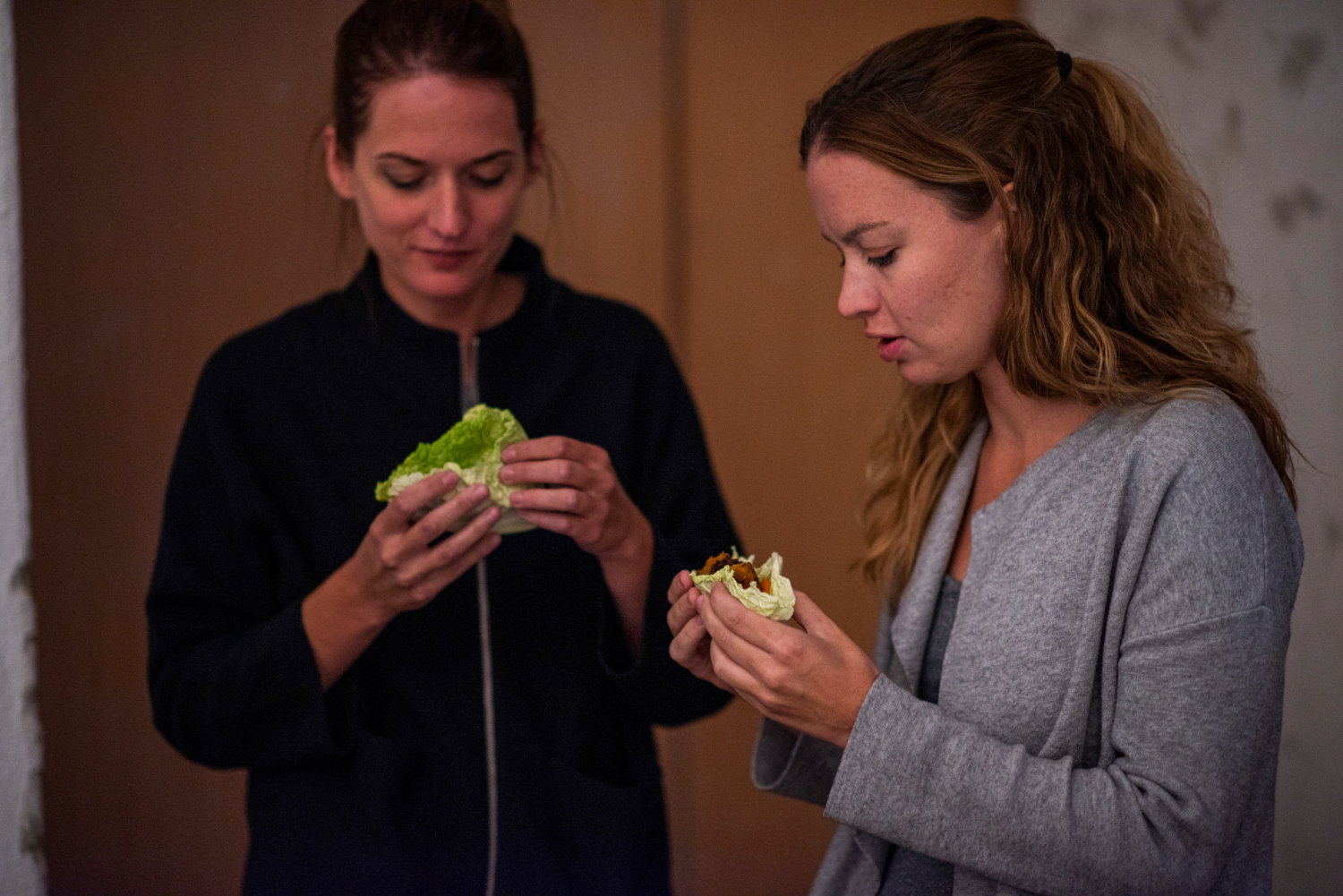
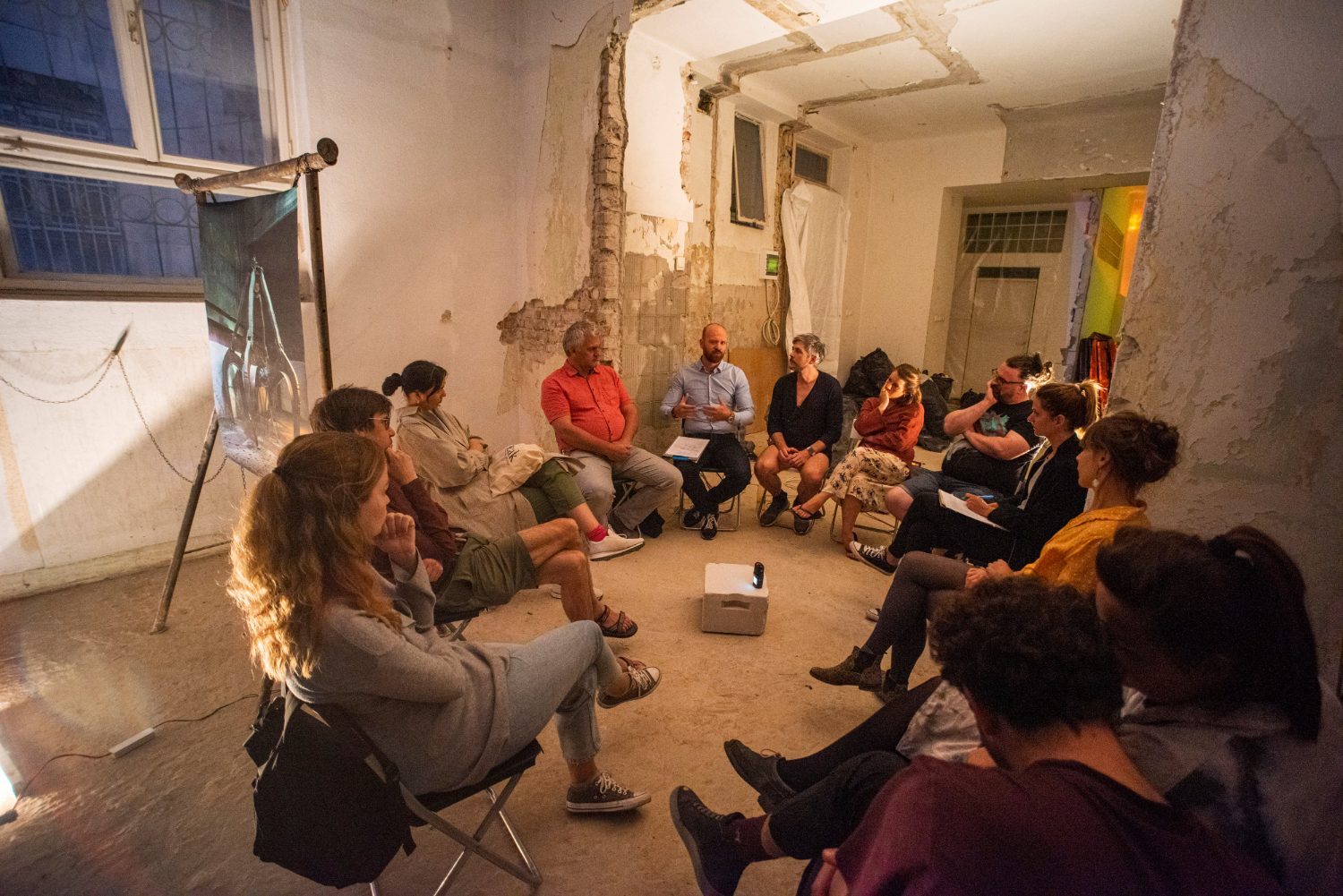
KATALIN KORTMANN-JÁRAY – BÁLINT KATONA – ANDRÁS KAPRINYÁK: FIREWORKS
Public Installation and Performance
In March 2020, the European Commission issued a new action plan for circular economy. Circular economy is a kind of system thinking aimed at the planned and conscious elimination of waste. Thus, instead of the current linear waste generation approach (“buy – use – throw – buy new”), the emphasis is on the cyclicality of material use.
The destructive properties of fire have been used and exploited by mankind in many ways to this day. By incinerating the waste, the unwanted excess may seem to disappear and become a more manageable substance. At least apparently.
Incineration of waste can be converted into useful energy, but professional opinions – on this method of burning – are divided.
The huge amount of waste generated in the capital city is presented by various projections, elements of sound, smoke and taste related to the incinerator. Aestheticizing an otherwise stunning sight is not the goal of placing large-scale sequences of images into the city center; images that allow you to see the movement of the extreme amount of rubbish by gigantic claws and the process of burning it. The highlighted commentary-free content creates the potential for breaking with the status qou.
Beyond the attention-grabbing nature of the installation, it provides information on the amount of junk that is generated on a daily basis that few people face on a daily basis. However, the information is not presented in the form of an educational program, but as a seemingly indefinable but striking visual content in the center of Budapest.
Talk: Waste Management and Circular Economy, 2 September 2021
Participants: artists and Gábor Kanozsai, Head of Department for Circular Economy at Municipal Public Services Co. Ltd, Sámson László, Director of Waste Management and Utilization
Moderator: Viktória Lay, radio program editor and reporter
Photo: Attila Balogh

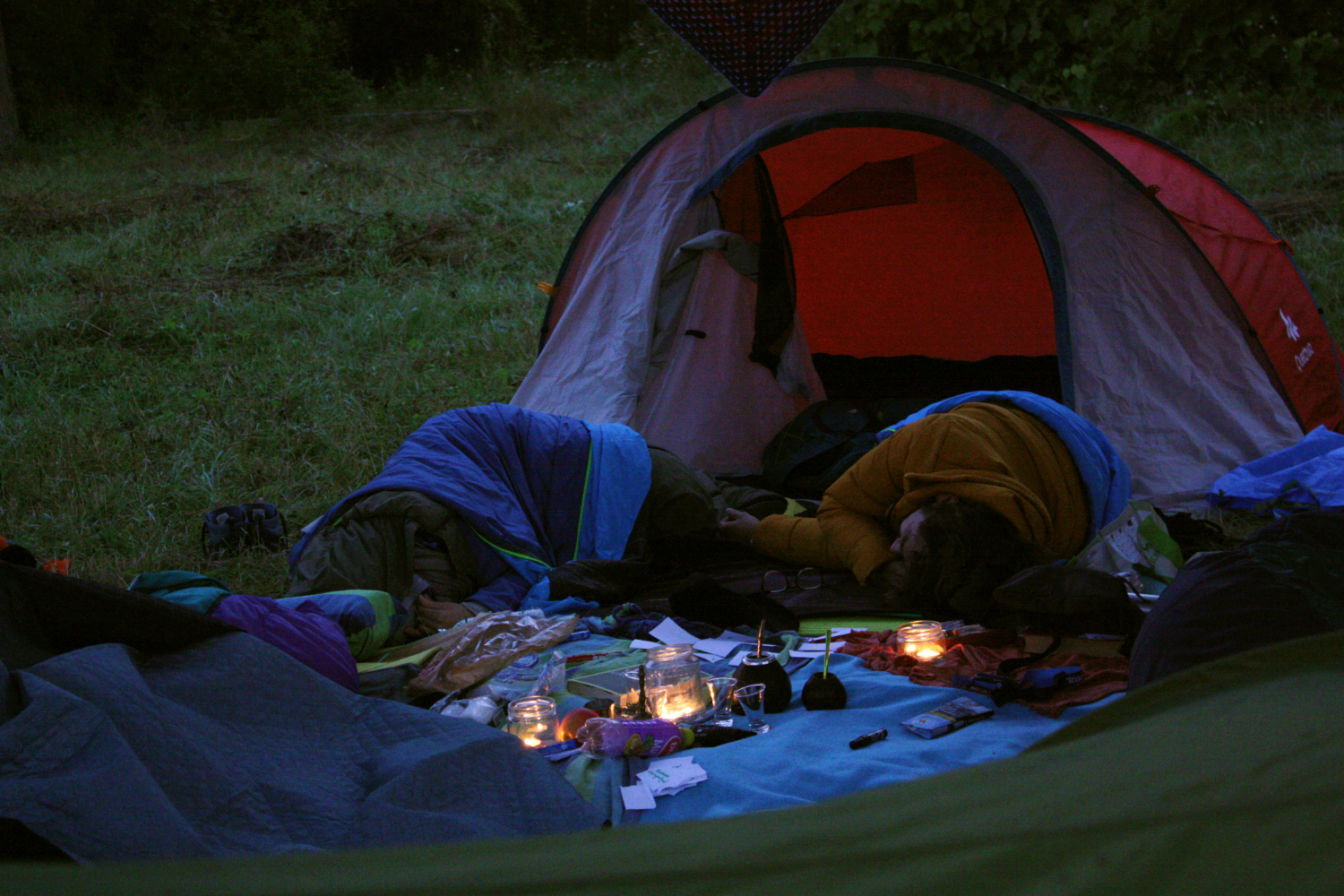
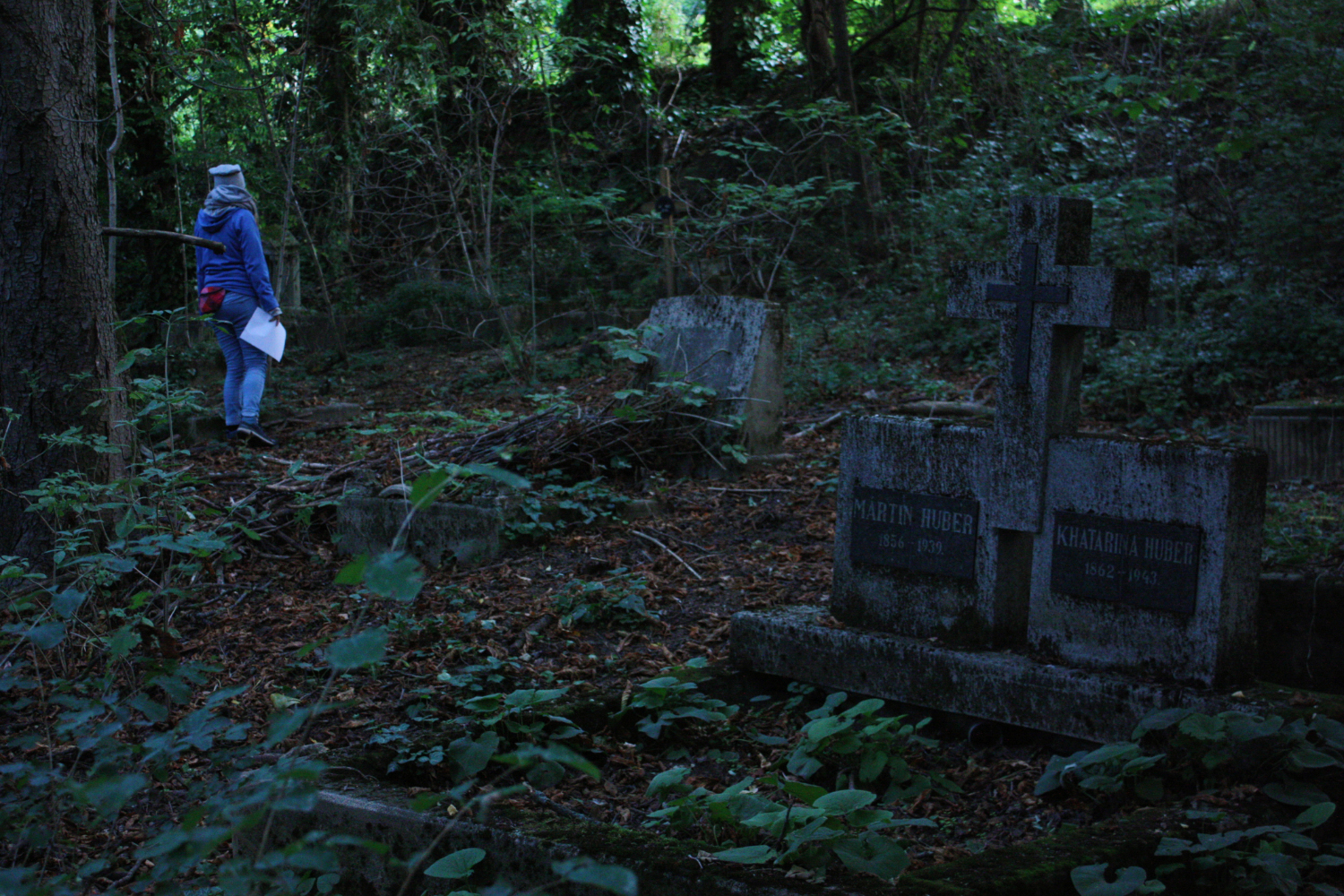
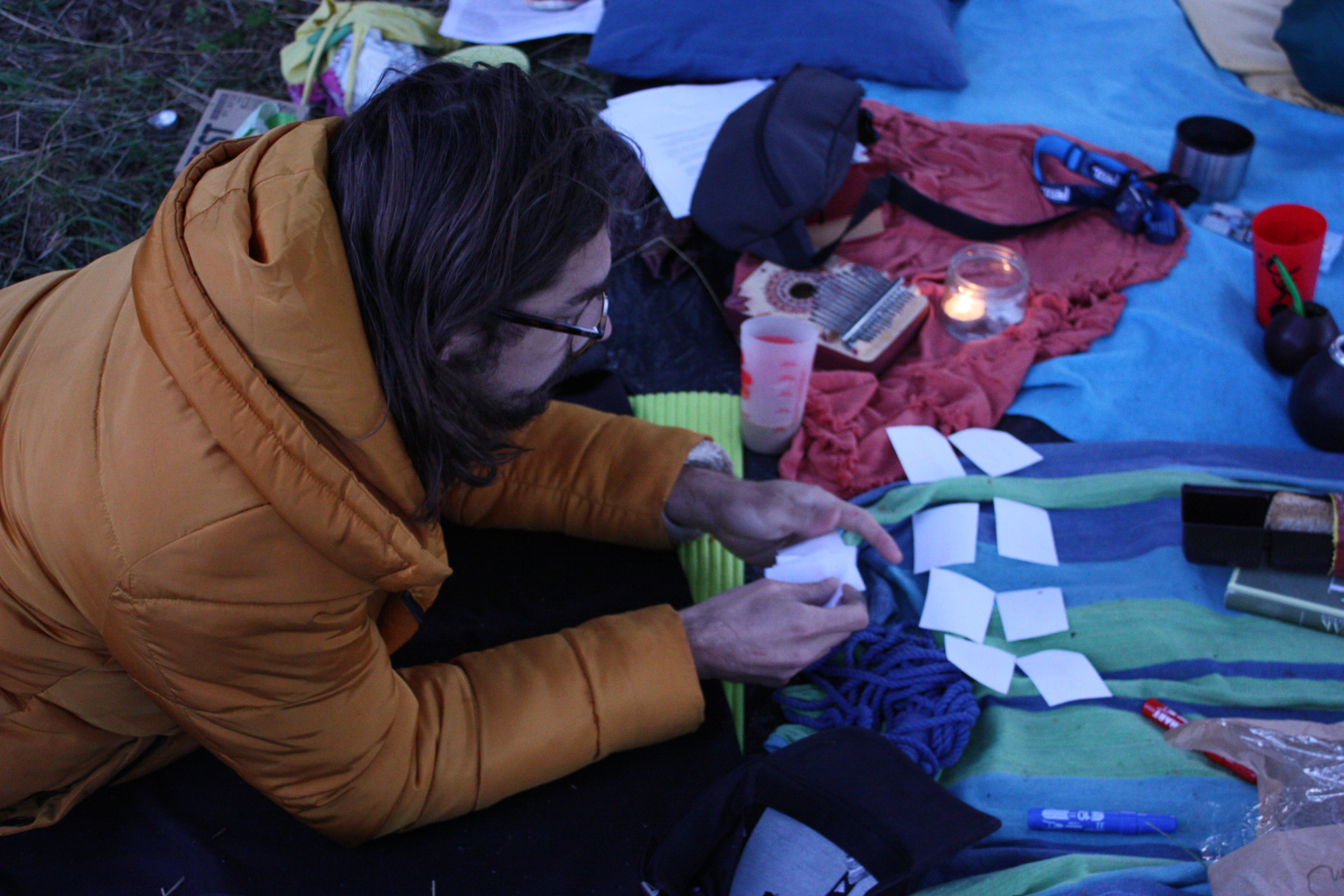
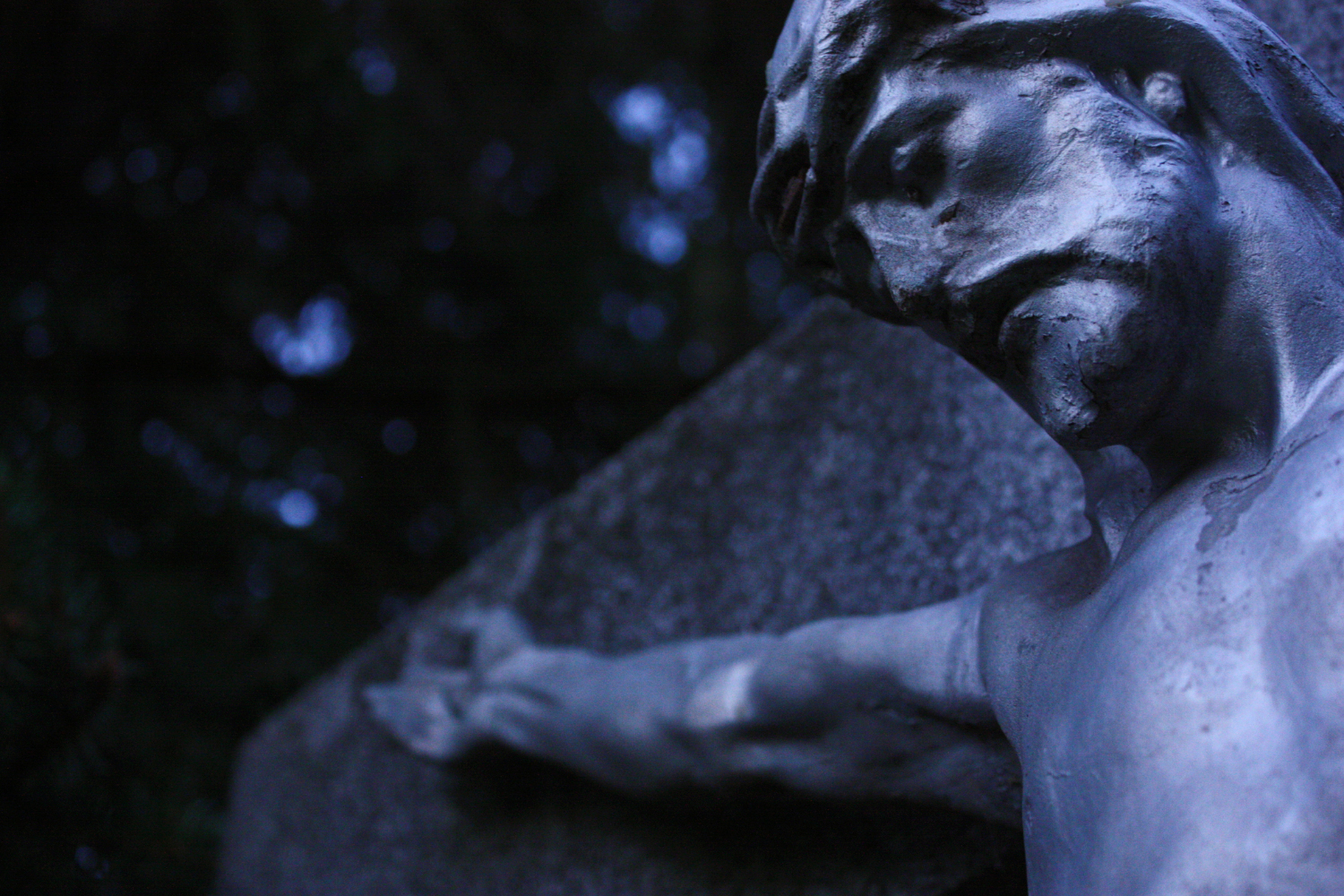
SVUNG: THERE IS NO END
Vigil performance
Artists: Kinga Szemessy, Luca Borsos, Napsugár Tömböröczky
Cemeteries are symbolic spaces of finitude and acceptance, while the rituals associated with them are practices of reflection on our own transience. One can compare garbage collectors and sewers with them as these are containers of our household waste, which is no longer needed. Therein lies everything that is surplus, that is a burden, that needs to be got rid of.
At the same time, the tombstones, the engravings, the decay processes beneath our feet also carry with them the promise of eternal coexistence, complemented by the mystique of after-death. However, the question is, when has an object material died: after its disposal or its destruction? Well, the imaginary work associated with our waste is its elegant disappearance – in contrast to photographs of the massively polluted ocean shores that are spreading over the Internet and are well known.
With the participatory games of this performative vigilance, our goal is to emphasize the formerly mentioned thoughts and doubts, as well as to find our place in the fabric of the world, and to accept our own material existence and our material siblings. We are putting an end to the idea of end – the abandoned cemetery and the half-awake state caused by the vigil will be at our service in this.
Talk: The role of long-term artistic experimentation and creative practices in community building, 5 September 2021
Participants: artists and Zselyke Molnos, biologist, psychologist, co-founder and director of the Ecopsychology Institute
Moderator: Marietta Mogyorósy, landscape architect, nature facilitator
Photo: SVUNG
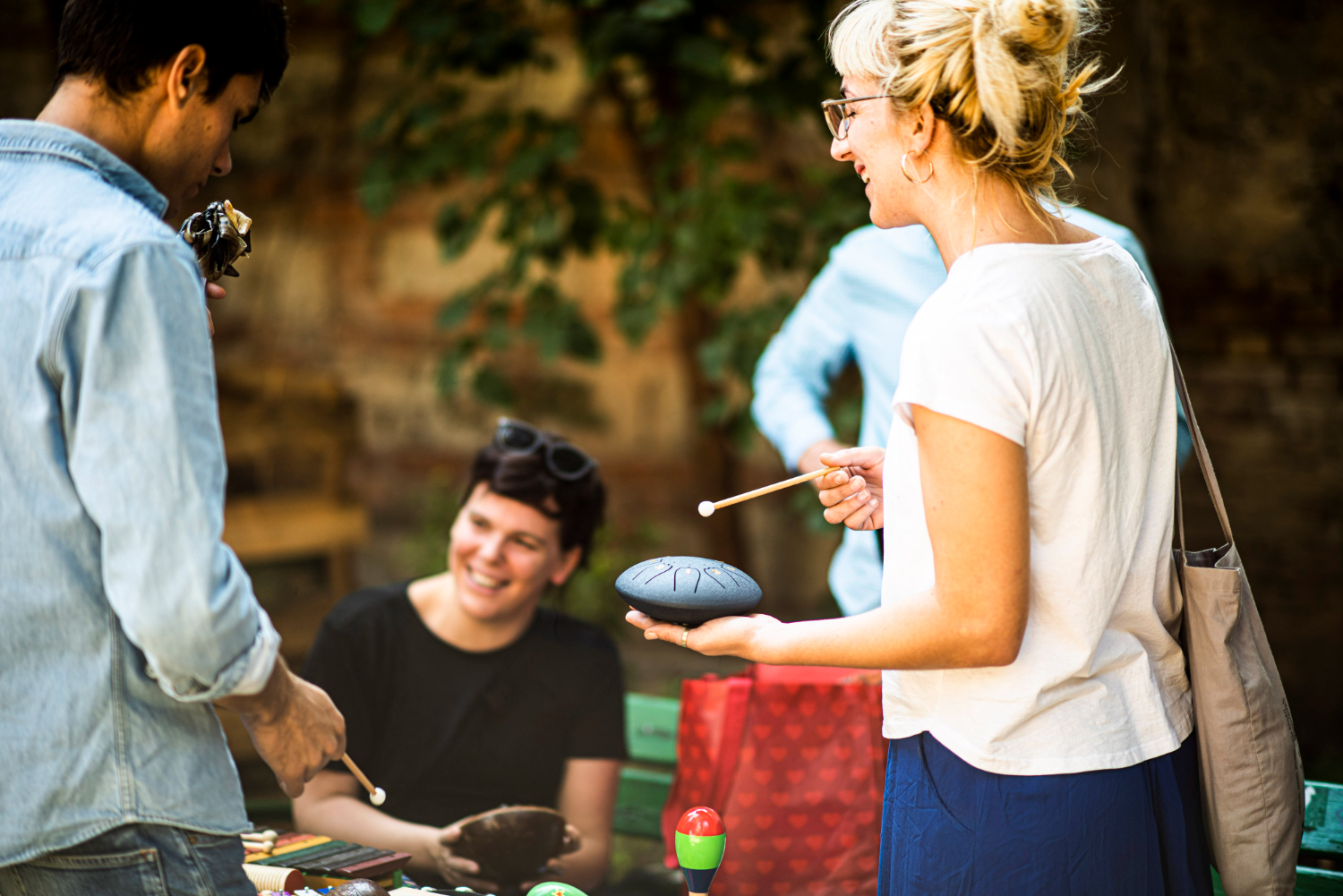
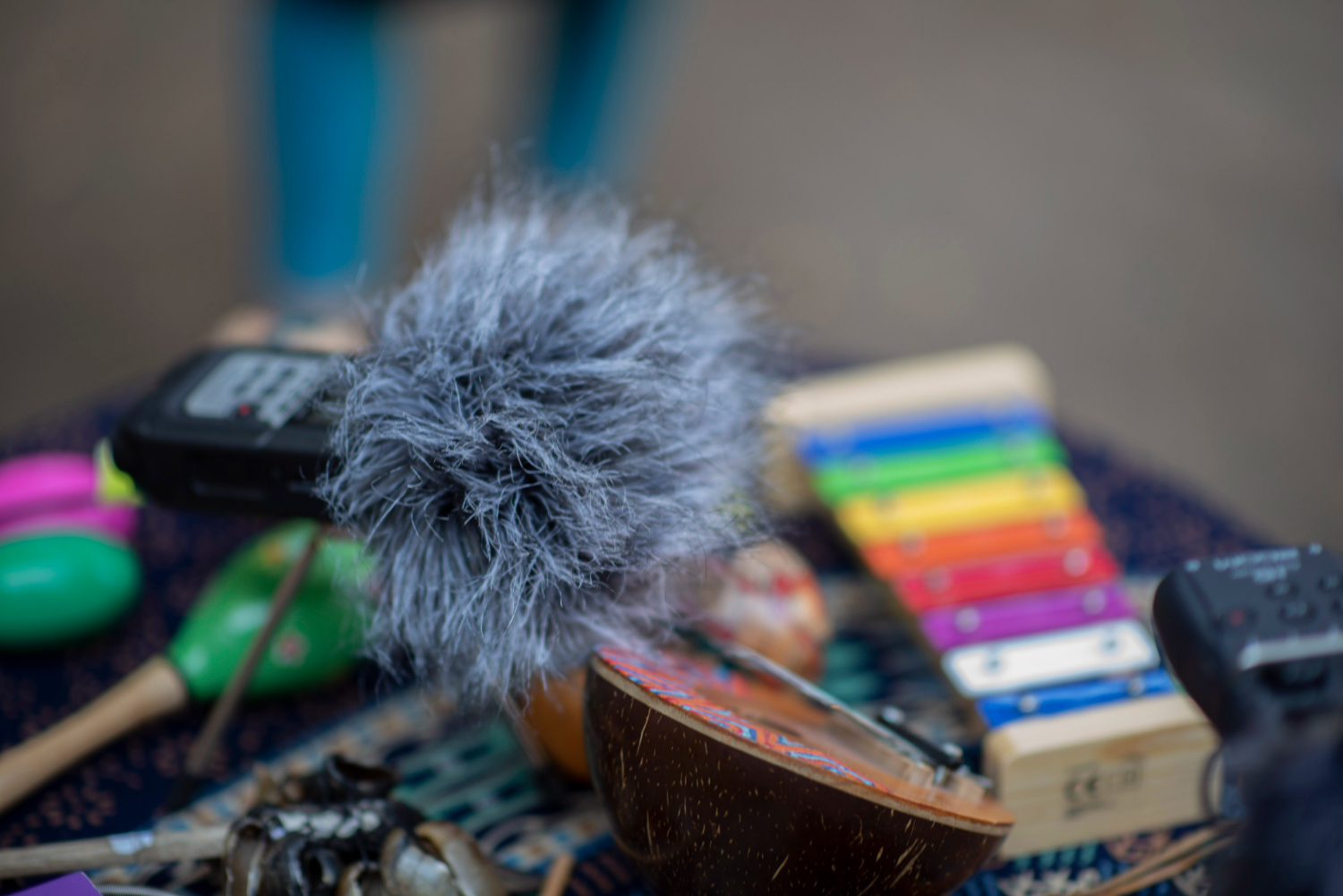
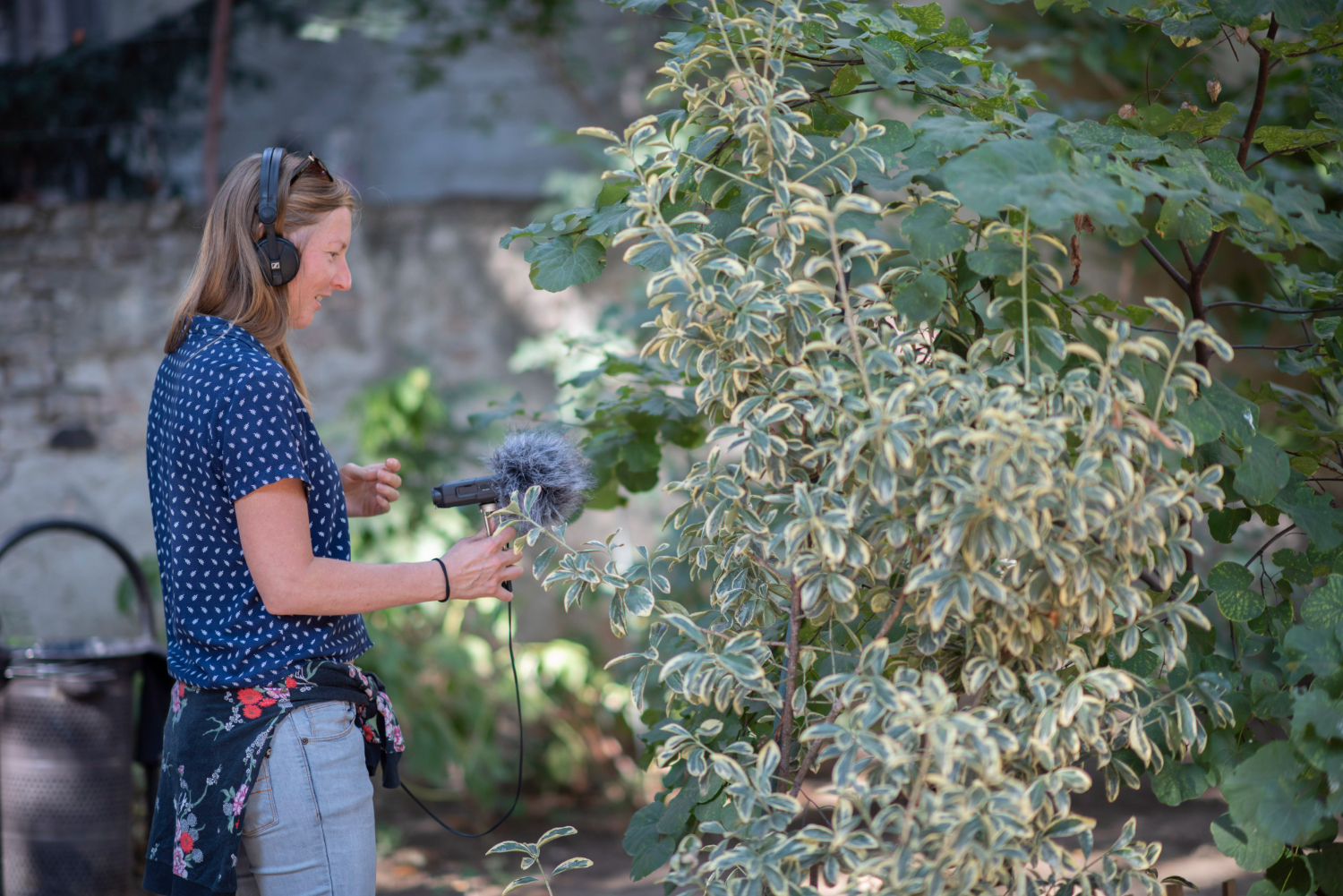
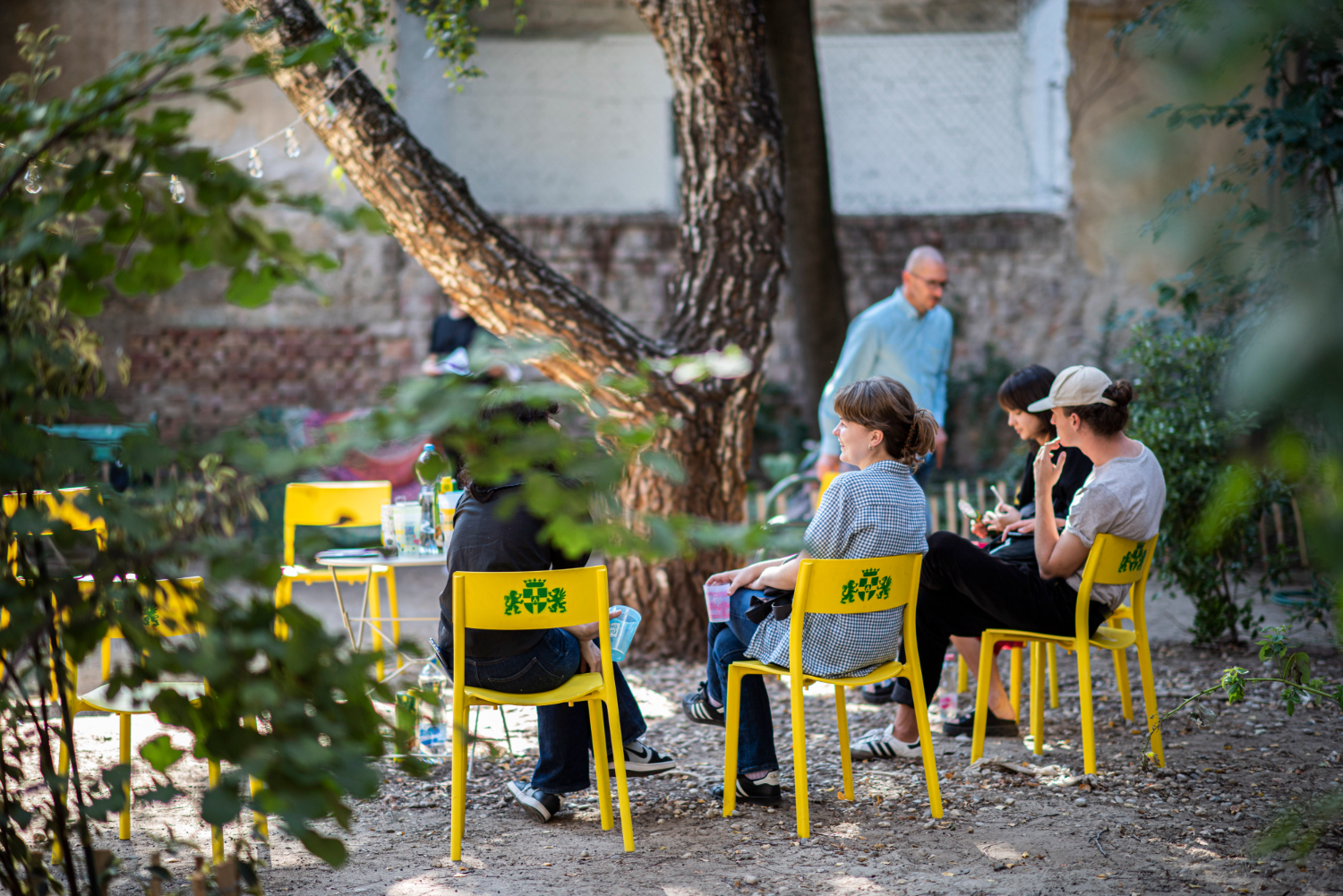
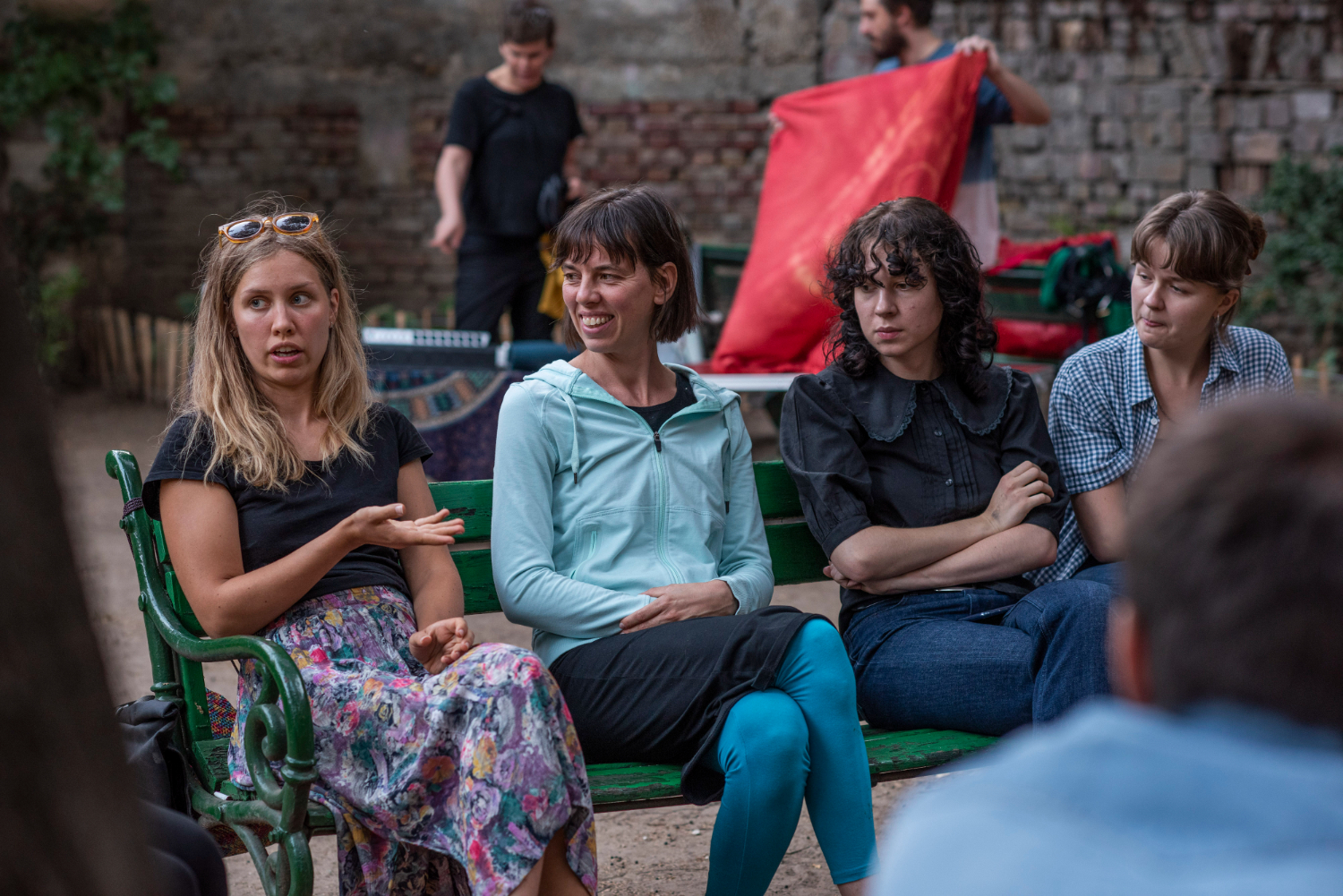
MOME: TOLNA SOUND GARDEN (TOLNAI HANGKERT)
Artists: Csaba Hajnóczy (MOME Media Institute, Open Mome: Sound Design), Bori Sinkó (LFZE – Department of Electronic Music Media Arts, Open MOME: Sound design), Gyöngyi Barta (Open MOME: Ecosound design), Aletta Erdős (MOME Architecture Institute BA), Lili Gárdos (MOME Architecture Institute BA), Andrea Szakál (MOME Doctoral School, Városlabor)
The sound garden is a place with a distinctly positive sound, which on the one hand is a kind of “silence shrine” in itself, free from the dominant anthropophonic noises, and on the other hand is suitable for presenting artistic aspects of sonic ecology, such as sound art or installations.
The creative community of the Tolna Sound Garden examines practical ideas and projects that can be used to enrich the urban soundscape, urban sound culture. The journey through sounds, the sound walk, the sound microscope are all means by which the emphasis on cognition and connection with the environment shifts from visuality to auditory perception. By creating a balance between the senses, we have the opportunity to redefine the image of our urban spaces, to move out of the world dominated by vision.
Tolna Garden is a hidden pocket park in the Market Hall district, which has been open to anyone since 2020. With the participation of Rév8, the Municipality of Józsefváros would like to create a community-maintained garden open to everyone from the previously closed community garden. The Tolna Garden is a pilot site that has been renewed over the past year through small interventions, and the municipality wanted to involve local residents in this still ongoing process. The goal is a garden of rest that the residents can identify with and take care of.
As part of the program of Sensing the City, the group broadens the acoustic horizon with a sound walk, a sound microscope, sound sculptures, and the listening and sound production practices of R. Murray Schafer, a Canadian composer, educator, and environmentalist.
Talk: The role of long-term artistic experimentation and creative practices in community building, 5 September 2021
Participants: artists involved and Flóra Madácsi, project manager of Rév8
Moderator: Ildikó Fazekas, design- and art manager
Photo: Attila Balogh
